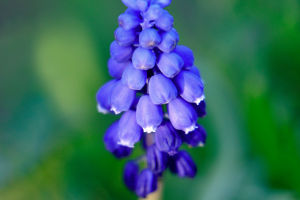The Common Kingfisher, with its vivid blue and orange plumage, exhibits captivating courtship and mating behaviors.
These small birds, found near rivers and lakes, have developed intricate rituals to establish bonds and ensure the survival of their species.
Let’s delve into the unique courtship and mating habits of these striking birds.
The courtship process of Common Kingfishers is both fascinating and complex, beginning in late winter or early spring. Typically solitary and territorial, males become active in courting during the breeding season, performing several displays to attract a mate.
- Territory Establishment:
Before courting, a male kingfisher selects and defends a territory along a body of water, which serves as his feeding and nesting ground.
By maintaining this territory, the male demonstrates his ability to provide for a potential mate and future offspring.
- Fishing Display:
A crucial part of courtship involves the male showcasing his fishing skills. The male catches fish and offers them to the female as a gift in a ritual known as "courtship feeding."
The female evaluates his skill and dedication based on how well he catches and presents the fish. This behavior signals that the male is a capable provider, a key quality for raising chicks.
- Aerial Displays:
In addition to fishing, the male may engage in impressive flight displays, such as swift zigzag flights over water. These acrobatic maneuvers highlight his agility and bright plumage, adding to his appeal.
- Mutual Chasing:
If the female shows interest, she reciprocates the male’s advances by chasing or following him in the air. This mutual interaction strengthens their bond and signals readiness to proceed to the next stage.
Once the pair bonds through successful courtship, they proceed to the mating process. The couple works together to find a suitable nesting site, usually a riverbank or streamside with soft soil.
- Nest Building:
The male and female cooperate to dig a tunnel in the riverbank, which can be up to a meter long. At the end of this tunnel, they create a nesting chamber where the female will lay her eggs.
This teamwork not only ensures a safe place for their young but also reinforces the pair's commitment to each other.
- Copulation:
After preparing the nest, the pair engages in copulation, often on a perch near the nesting site. This act is typically brief and may be repeated several times over a few days to ensure fertilization.
- Egg Laying and Incubation:
The female lays a clutch of 5-7 white eggs. Both parents share the responsibility of incubating the eggs, which takes around 19-21 days. This shared duty reflects the strong partnership between the pair, crucial for the chicks’ survival.
After hatching, both parents are actively involved in feeding the chicks. They take turns bringing fish to the nest, fulfilling the male’s earlier courtship promise of being a reliable provider. This joint effort is vital for the successful growth and development of the young kingfishers.
The courtship and mating rituals of the Common Kingfisher involve skillful displays, gift-giving, and cooperative nesting.
The male’s fishing ability is central to attracting a mate, while the mutual efforts in nesting and parenting illustrate the importance of partnership.
These intricate behaviors not only highlight the beauty of kingfishers but also ensure their species' continuity.


